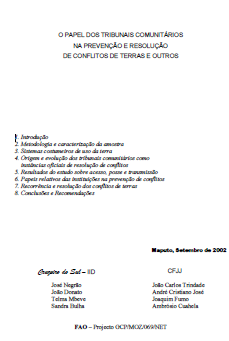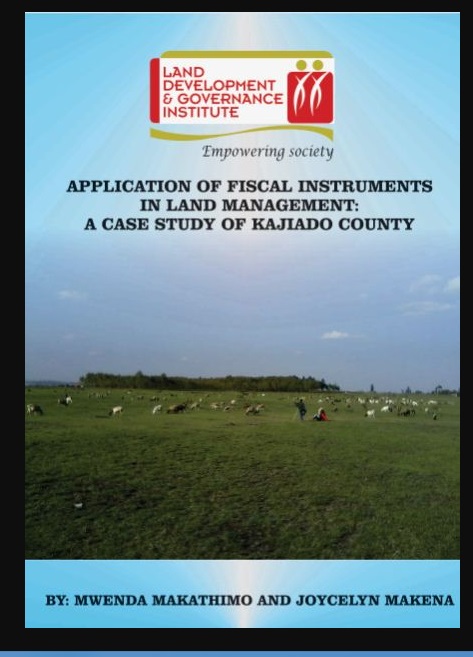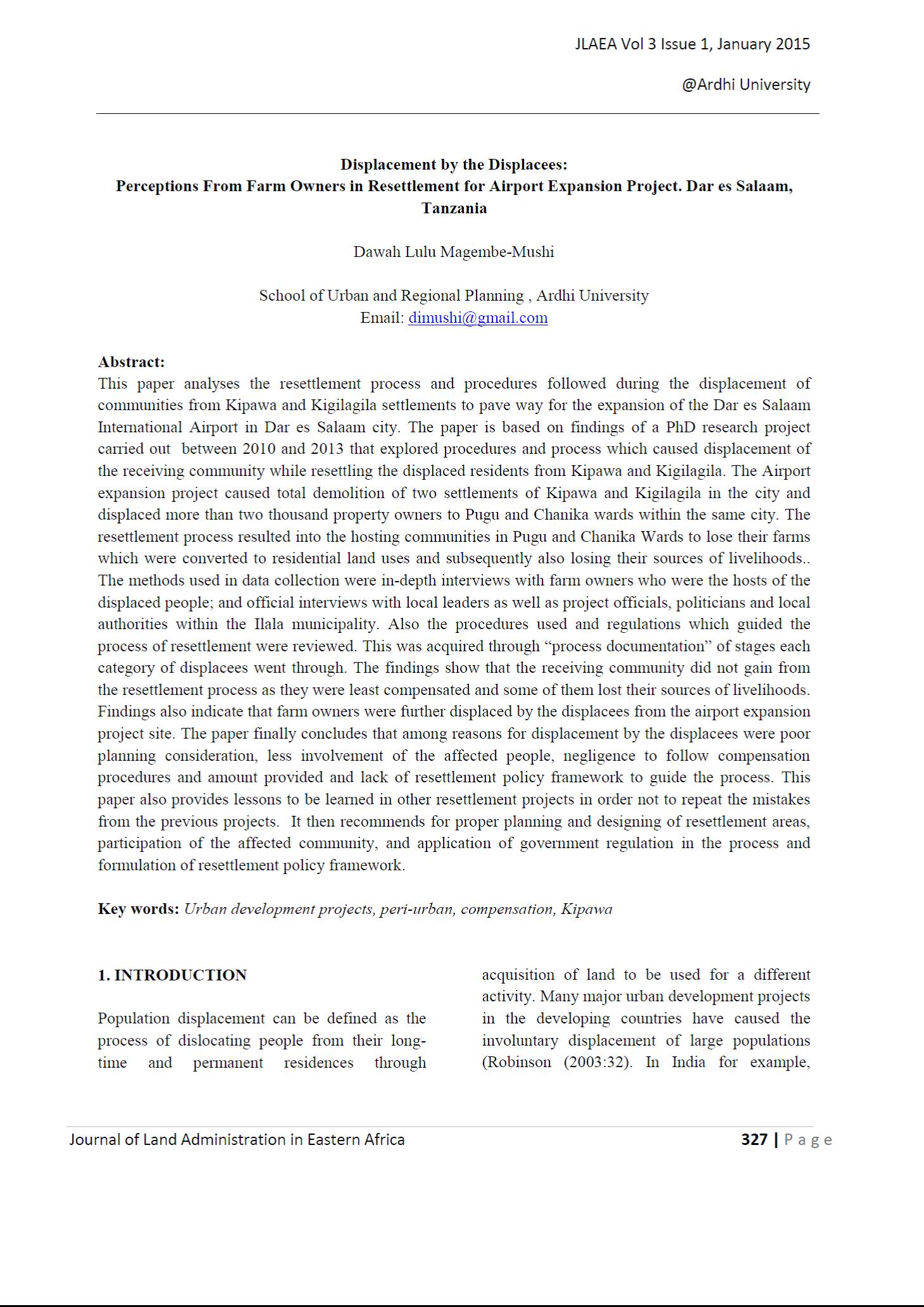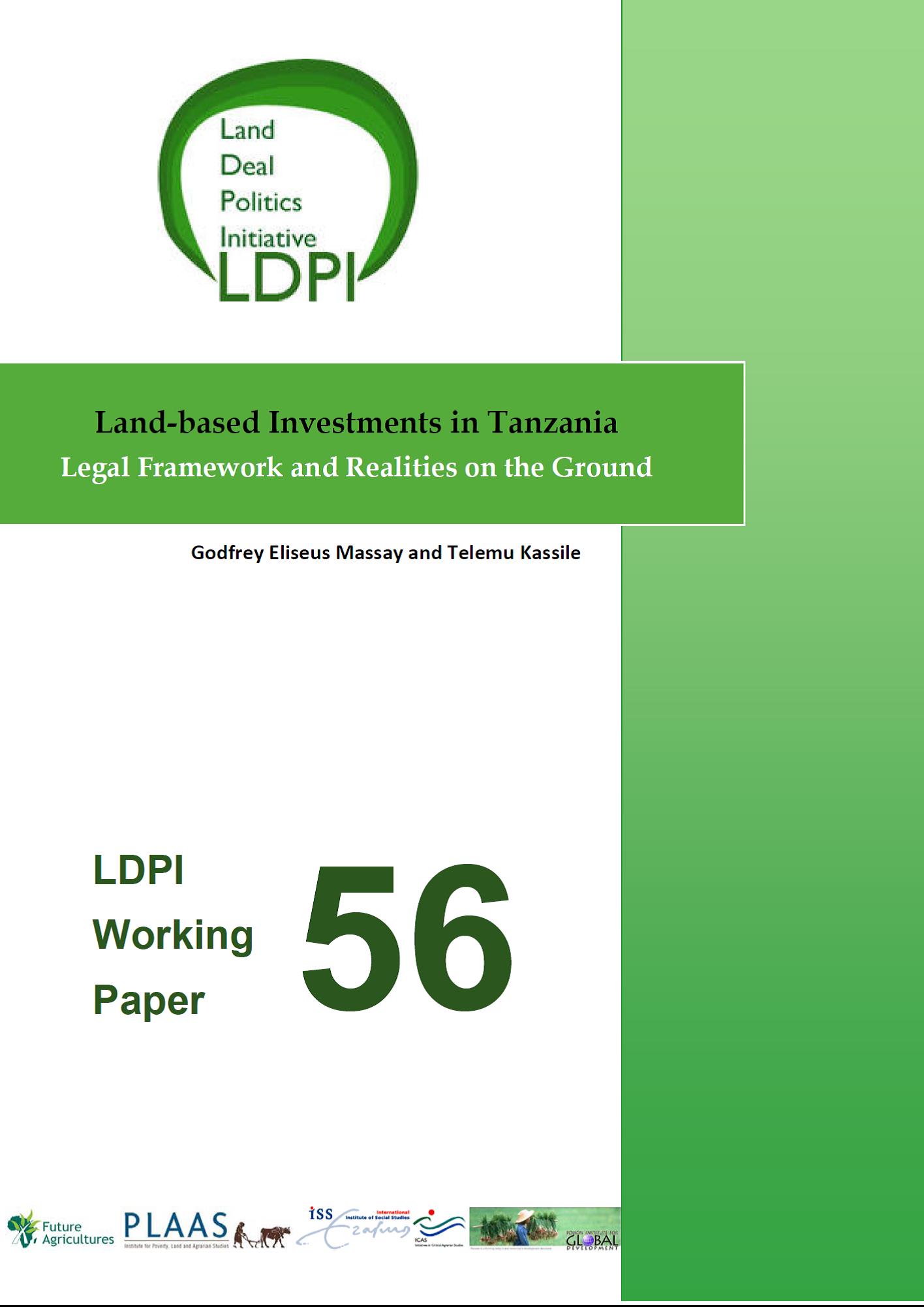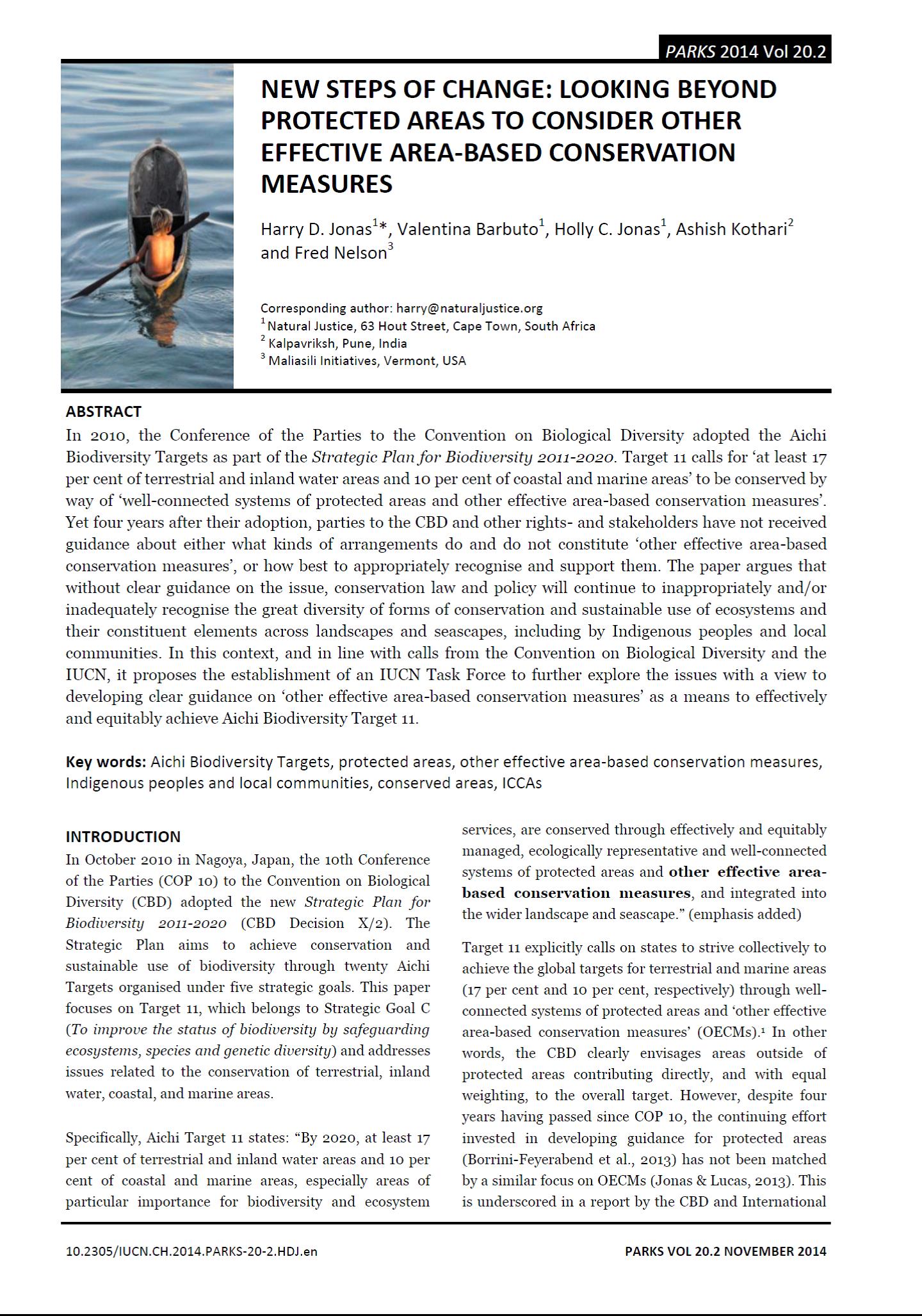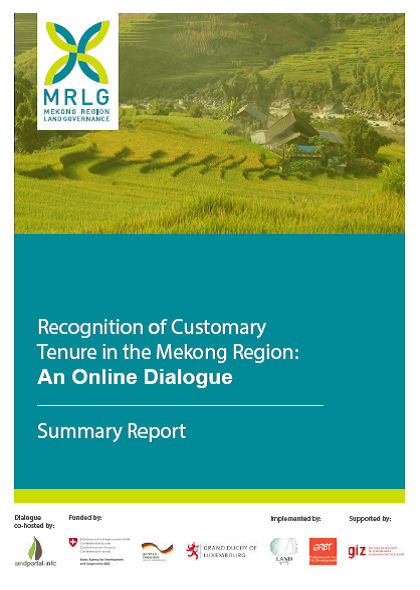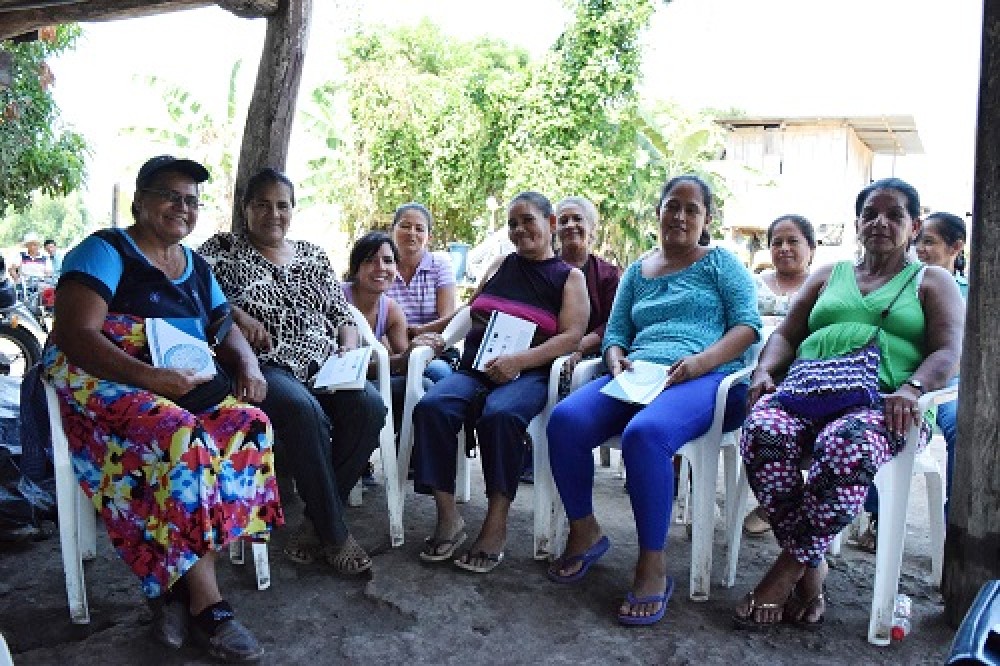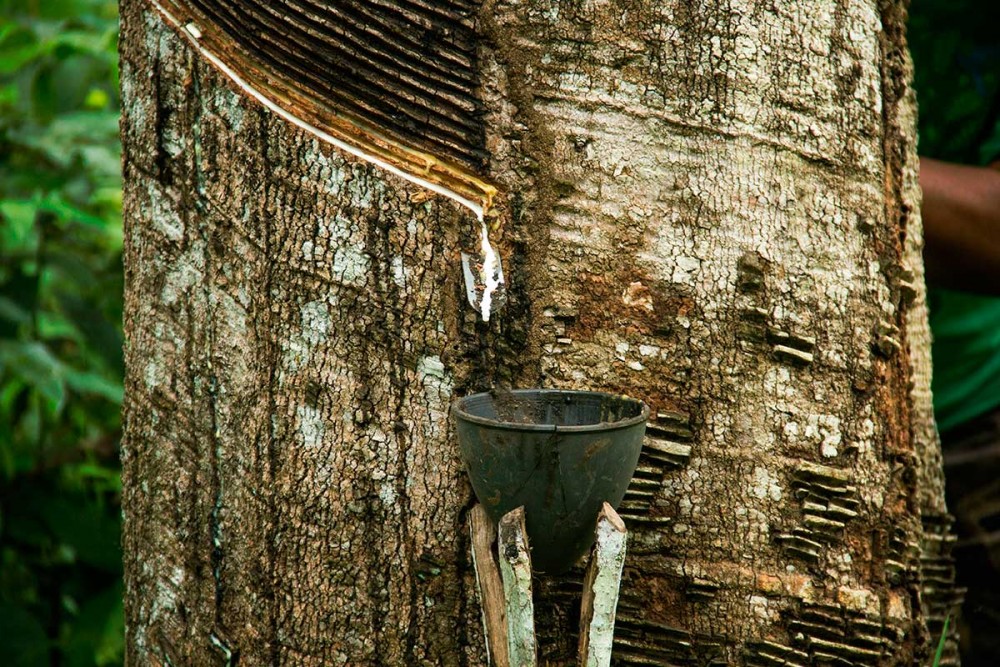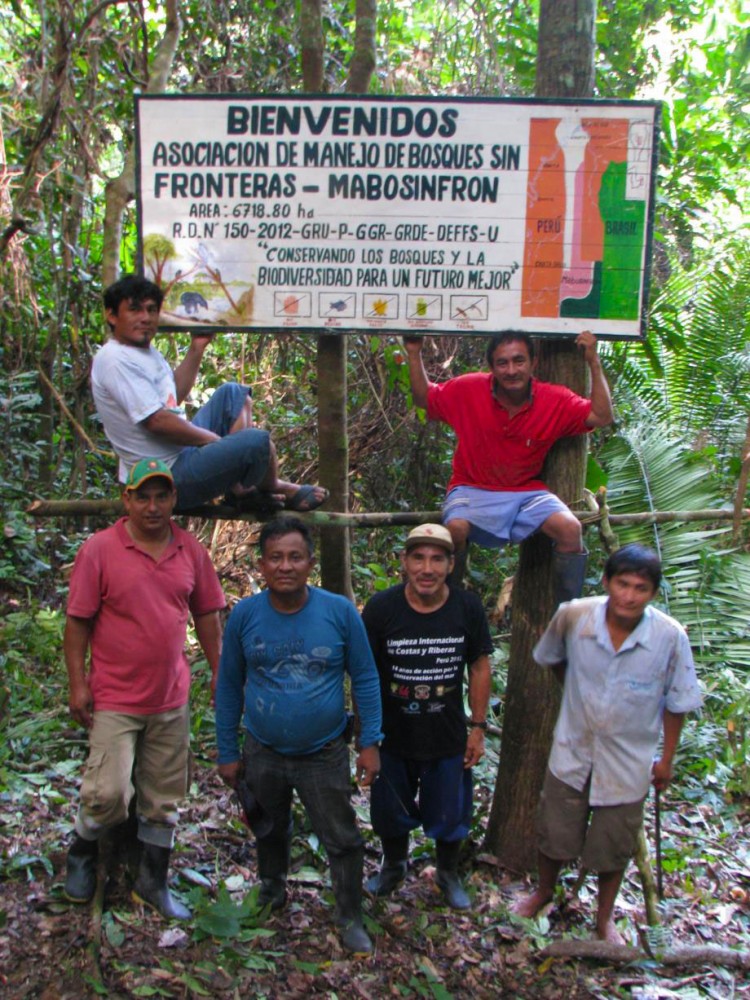What shall we do without our land? land grabs and resistance in rural Cambodia
Abstract: "Political dynamics of the global land grab are exemplified in Cambodia, where at least 27 forced evictions took place in 2009, affecting 23,000 people. Evictions of the rural poor are legitimized by the assumption that non-private land is idle, marginal, or degraded and available for capitalist exploitation. This paper: (1) questions the assumption that land is idle; (2) explores whether land grabs can be regulated through a ‘code of conduct’; and (3) examines peasant resistance to land grabs.


